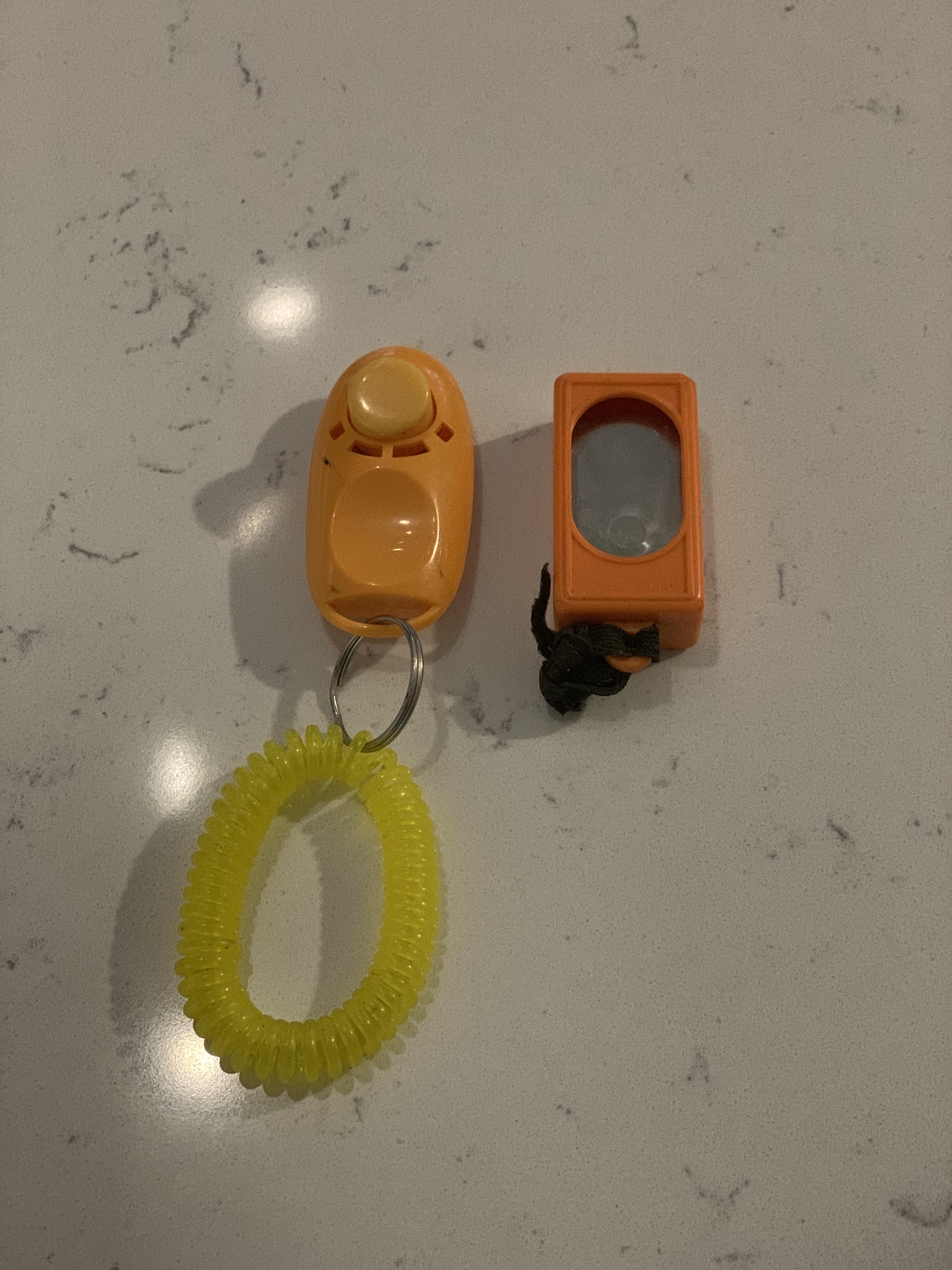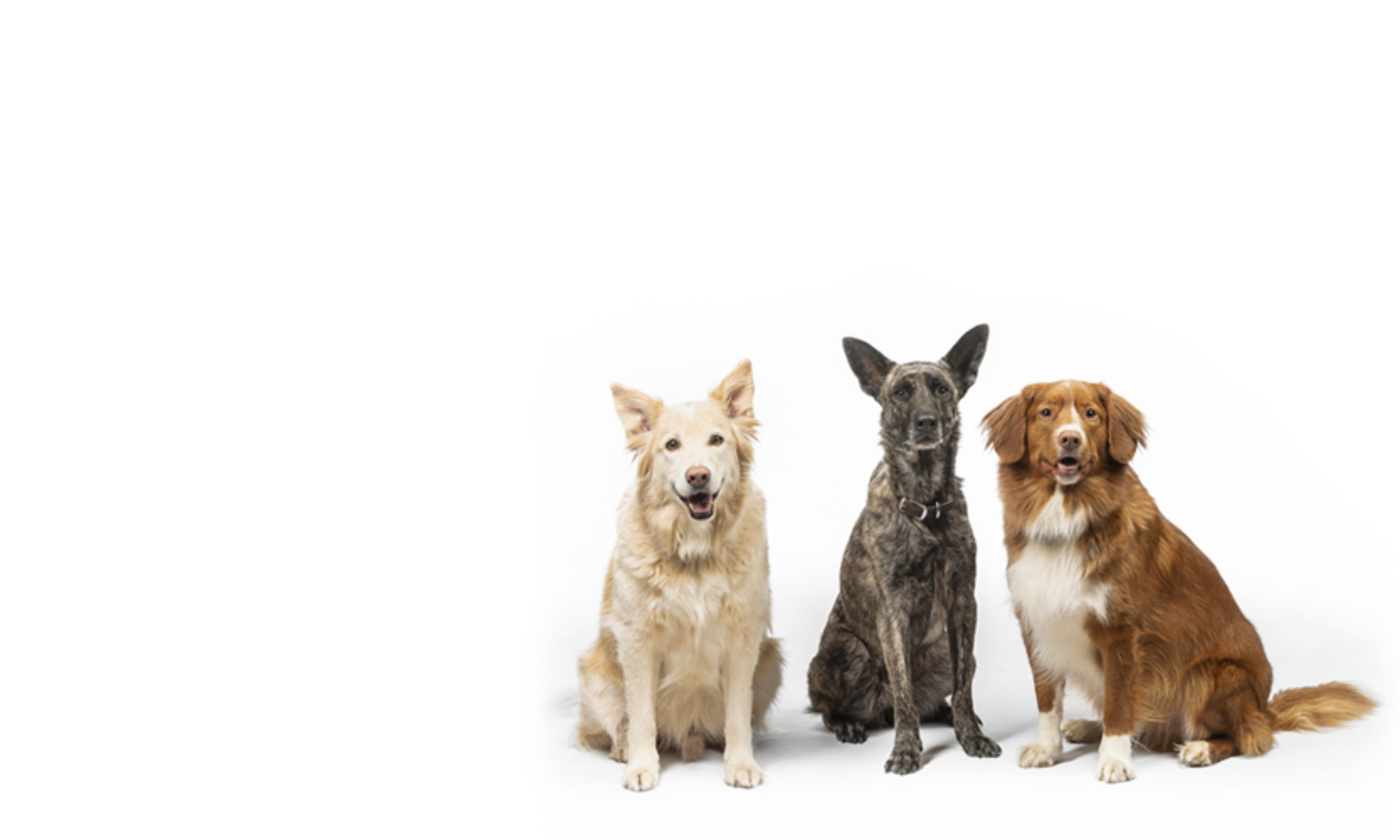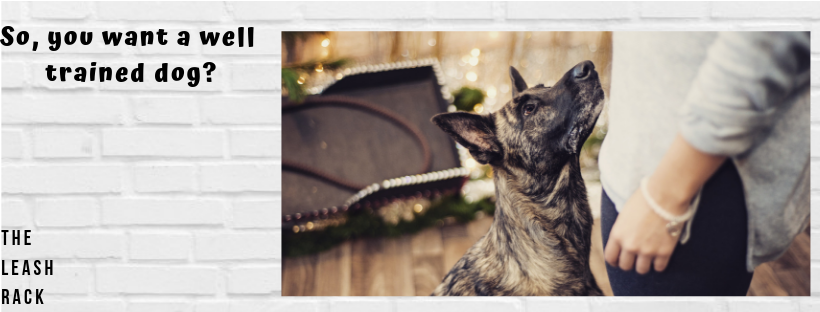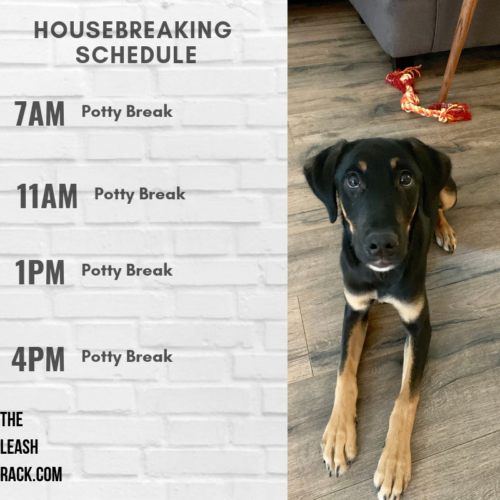Clicker or marker training in recent years has become one of the well known methods by which we teach dog’s new skills.
It is so popular in fact, that marker training has been incorporated into zoo’s for cooperative care practices, with cat training and with birds who have been injured and are being rehabilitated back into the wild.
There are many benefits to clicker training and getting your dog or cat started on learning with one is simple – once you practice!
First off, what is a clicker or a marker?
A clicker is a boxed shaped object, typically made of plastic and metal that when pressed emits a distinct, sharp sound.

The clicker itself is uninspiring and not all that amazing, but what can be accomplished once the dog has been taught to associate it with a reward (click – then reward) is amazing. This is plain old classical conditioning (remember Pavlov back in the day?) and without the reward, the sound the clicker emits remains meaningless.
In dog training, we use clickers to mark appropriate or correct behaviour in the learning stages of a skill.
Example? A dog is learning to lay down, but is not in the correct position. A trainer would mark the motion of the dog dropping their entire body on to the floor, and immediatley reward that movement. By repeating this, the trainer increases the chances of the dog performing the skill not only correctly, but accurately and without any extra physical prompting. The dog learns through repetition what is being rewarded.
A popular altnerative to clickers is a verbal marker – a verbal affirmation that the dog learns to associate with correct behaviour through classical conditioning. The word most commonly used in this example is the marker Yes – it means the same thing to the dog over time: they have done something correct and earned a reward.
3 Benefits of Marker Training
As a trainer, I love marker training because it simplifies the process for humans and takes out a few problematic aspects of training altogether – mainly how humans and dog’s communicate.
For example, if you are not training with a marker and are still rewarding your dog, there tends to be a point where the dog becomes confused. Are you rewarding him for sitting, or looking at you? Are you rewarding him for returning to you when you said his name? Or when he returned to you and sat? Dogs offer us many behaviours all in one motion and if you are rewarding inconsistent skills you will end up with inconsistent behaviours.
Because of this confusion in learning, clickers and verbal markers are massively beneficial because they…
- Allow you to silently train and still communicate effectively with your dog. There is no need to nag, add verbal input or cues they may not fully know.
- Allow you to have accurate timing. Timing is one of the most critical aspects of training, and a clicker/marker makes it easy for us to focus on and visualize what exactly we are rewarding
- It creates accuracy in behaviours and eliminates ‘sloppyness’ – suddenly, the scenario mentioned above becomes clear to the dog
You call your dog…
He comes…
You Click/Mark…
You Reward him. Thus, He has been rewarded for coming when you called and not for the many steps in the middle of that skill that can happen.
Now, just with any skill (and dog training is a human skill) practice makes you better! If you are unsure about how to start working with a clicker and your dog, check out our video below.
Once again, timing is key! Practice getting your hands in order and rewarding your dog consistently. The pattern is Click then– Reward (not at the same time!)
If you don’t love the idea of using a clicker or find it burdensome – no biggie! you still must mark appropriate behaviour to keep training simple and ‘clean’ – therefore, use the verbal marker YES or YEP instead.
Training is efficient when our timing improves – this is the beauty of the clicker or verbal marker! Give it a shot and let us know how you like it!
Happy training













